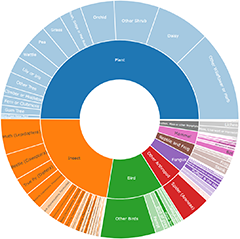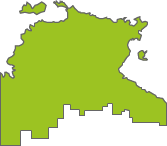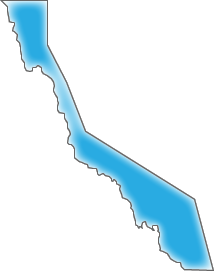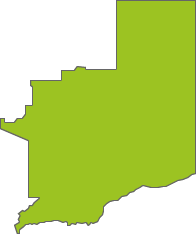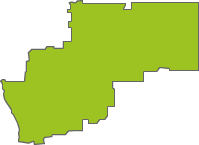Announcements
We are super proud to welcome Edgar McNamara @edgarmcnamara to the team!Edgar joins NatureMapr as Junior Platform Engineer and will play a critical role in supporting the platform and our valued custo...
Continue reading
Platform wide attribute changes
New Feature: Moderator Quick Responses!
New priority species lists in the ACT
NatureMapr now receives more records in NSW than ACT
Discussion
The soldier termites are also easy to distinguish. Coptotermes soldiers have clearly visible jaws. Nasutitermes soldiers have a 'gluegun' snout, appearing to form a smooth sharp protrusion, with no visible jaws (except under magnification).
Nasutitermes exitiosus
Iridomyrmex rufoniger
Polistes sp. (genus)
Significant sightings
- Aporocera rufescens at Rendezvous Creek, ACT
- Berberis vulgaris at Campbell, ACT
- Asparagus asparagoides at Ainslie, ACT
- Arundo donax at Campbell, ACT
- Proteuxoa sp. 3 (MoV, Part 9)
- Androchela newmannaria at Crowther, NSW
- Tinocallis ulmiparvifoliae at Melba, ACT
- Dysphania glomulifera subsp. glomulifera at Anglers Reach, NSW
- Walwhalleya subxerophila at Franklin, ACT
- Plectorhyncha lanceolata at Higgins, ACT
Recent activity
Trigonocyttara clandestina at Hackett, ACT
Clania (genus) at Campbell, ACT
Utetheisa pulchelloides at Latham, ACT
Proteuxoa tortisigna at Latham, ACT
Top contributors
- AlisonMilton 16K
- trevorpreston 15.5K
- Hejor1 12.5K
- Tapirlord 11.4K
- MichaelBedingfield 10.7K
- RodDeb 10.2K
- Mike 9.8K
- kasiaaus 9.5K
- ConBoekel 8.6K
- KylieWaldon 8.2K
Top moderators
- MichaelMulvaney 55.4K
- Tapirlord 38.7K
- MichaelBedingfield 21.9K
- Liam.m 19.3K
- donhe 17.3K
- natureguy 15.6K
- ibaird 14.7K
- AlisonMilton 10.7K
- MatthewFrawley 10.1K
- BettyDonWood 8.2K
Explore Australia by region
Australian Capital Territory
Canberra & Southern TablelandsNew South Wales
Southern HighlandsAlbury, Wodonga
Canberra & Southern Tablelands
South Coast
Greater Sydney
Hunter Region
Central West NSW
Riverina Murray
New England
Far West New South Wales
New South Wales North Coast
Northern Territory
Top End and Big RiversCentral and Barkley































































































![Unverified Cap on a stem; gills below cap [mushrooms or mushroom-like] at West Hobart, TAS - Yesterday by VanessaC Unverified Cap on a stem; gills below cap [mushrooms or mushroom-like] at West Hobart, TAS - Yesterday by VanessaC](https://api.naturemapr.org/api/sightings/4664639/images/1?width=300&height=300)














